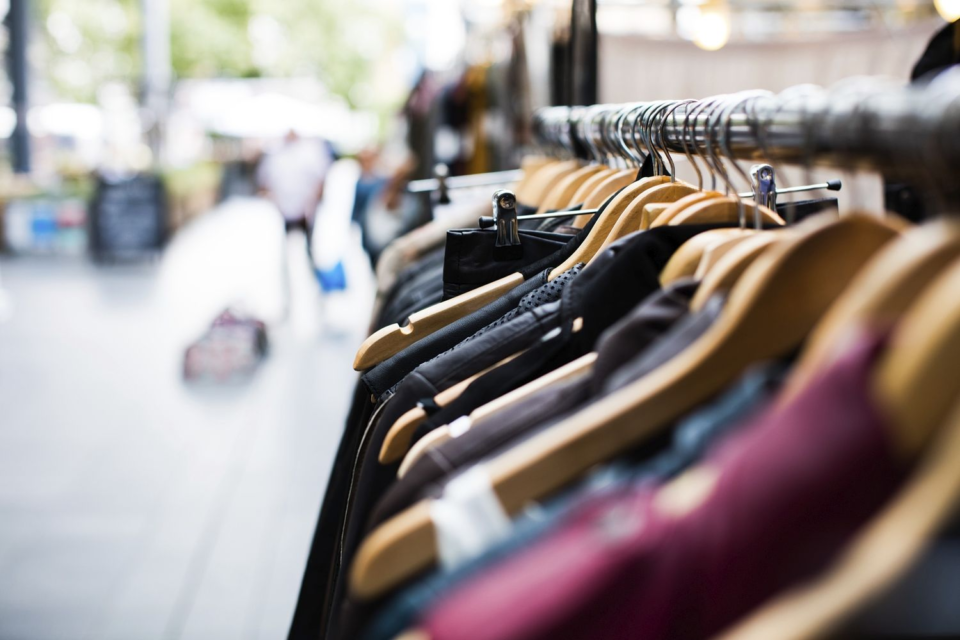Fashion is more than just clothing—it’s a form of communication. Every outfit choice, whether deliberate or subconscious, signals something about who we are, what we value, and how we relate to the world.
Micro-trends, those fleeting yet impactful style movements, serve as a powerful way to navigate belonging and rebellion within society. From viral TikTok aesthetics to niche underground subcultures, these trends reveal how we express identity, challenge norms, and connect with others.
Key Takeaways
- Fashion is a powerful form of communication that reflects identity and values.
- Micro-trends are short-lived fashion movements driven by social media and pop culture.
- People adopt micro-trends to signal belonging and connect with like-minded communities.
- Some micro-trends emerge as acts of rebellion against mainstream fashion norms.
Understanding Micro-Trends in Fashion
Micro-trends are short-lived fashion waves that often emerge from social media, pop culture, or specific subcultures. Unlike macro-trends, which evolve over the years, micro-trends gain traction rapidly and disappear just as quickly. Think of phenomena like cottagecore, Y2K revival, or the balletcore aesthetic. These trends don’t just reflect style—they symbolize deeper social dynamics at play.
In men’s fashion, micro-trends often reinterpret classic pieces to align with contemporary aesthetics and functionality. For instance, the resurgence of the men’s vest with short sleeves and sweater vest has transformed this traditional garment into a modern staple. Once associated with academia or vintage attire, sweater vests are now styled over t-shirts or even bare chests, reflecting a blend of preppy and streetwear sensibilities.
Similarly, the Gorpcore trend emphasizes functional outdoor apparel as everyday wear. This style incorporates items like fleece vests, technical jackets, and cargo pants, merging practicality with urban fashion.
Brands such as Patagonia and The North Face have become central to the Gropcore aesthetic, highlighting a shift towards comfort and utility. The trend has also influenced the sneaker market, with brands like Salomon and Merrell gaining prominence for their performance-oriented designs that align with the Gorpcore aesthetic.
Another notable micro-trend is the revival of jorts (jean shorts). Once dismissed as unfashionable, jorts have been reimagined by designers and influencers, offering a nostalgic yet contemporary look. This trend showcases how cyclical fashion can be, with past styles returning in updated forms.
These examples illustrate how micro-trends continually reshape men’s fashion, blending past influences with modern tastes to create fresh, dynamic styles.
Fashion as a Symbol of Belonging
People adopt micro-trends as a way to signal alignment with a particular group or ideology. Wearing a specific trend can create a sense of inclusion, offering a shared visual language that fosters community. For example:
- The Rise of Streetwear: Once a niche style embraced by skaters and hip-hop enthusiasts, streetwear became a global micro-trend embraced by luxury brands and mainstream consumers alike.
- Dark Academia’s Intellectual Appeal: This aesthetic, characterized by muted tones and vintage-inspired pieces, reflects an appreciation for literature, history, and a romanticized academic lifestyle.
- The Quiet Luxury Trend: Minimalist, understated high-end fashion has recently gained traction, signaling an appreciation for sophistication and quality over flashy branding.
Rebellion Through Fashion Trends
While many use micro-trends to blend in, others embrace them as a form of rebellion. Some trends arise as a direct reaction against mainstream fashion norms, challenging societal expectations:
- Grunge Resurgence: The revival of grunge-inspired looks—oversized flannels, ripped jeans, and combat boots—mirrors the original 1990s movement’s anti-establishment roots.
- Gender-Fluid Fashion: Many contemporary trends blur traditional gender lines, rejecting rigid expectations of masculinity and femininity.
- DIY and Upcycling Movements: As a counter to fast fashion, many are turning to secondhand shopping, upcycling old clothing, and customizing pieces to create unique, sustainable fashion statements.
The Downside of Micro-Trends
Despite their appeal, micro-trends come with drawbacks, particularly regarding sustainability and overconsumption. The fast turnover of these trends encourages excessive shopping, leading to waste and environmental harm.
Brands that quickly produce low-quality versions of trending items contribute to the disposable fashion cycle. This has led to increased awareness around conscious consumerism, pushing individuals to adopt slow fashion principles and invest in timeless pieces.
Conclusion
Micro-trends play a significant role in how we communicate through fashion, acting as signals of belonging and expressions of rebellion. Whether following a trend to connect with a community or using fashion to challenge societal norms, our style choices reflect deeper personal and cultural narratives.
As we navigate the ever-changing fashion landscape, understanding the power of micro-trends allows us to make more intentional choices—embracing fashion as both an art form and a statement of identity.
FAQs
1. What is a micro-trend in fashion?
A micro-trend is a short-lived fashion movement that emerges quickly and fades just as fast. It’s often driven by social media and pop culture influences.
2. How do micro-trends affect the fashion industry?
Micro-trends encourage rapid production cycles, influencing brands to release trendy items quickly. However, this also contributes to overconsumption and environmental concerns.
3. Are micro-trends sustainable?
Generally, micro-trends contribute to fashion waste since they promote short-term clothing use. However, individuals can embrace them sustainably by thrifting, upcycling, or repurposing existing wardrobe pieces.
4. How can fashion be a form of rebellion?
Many styles challenge societal expectations, from gender-fluid clothing to DIY fashion and upcycling movements. Fashion can be a way to express individuality and resistance to mainstream norms.
5. How do I participate in micro-trends without overconsuming?
Opt for timeless wardrobe pieces that align with current trends or shop secondhand. Investing in quality over quantity helps maintain style without unnecessary waste.

